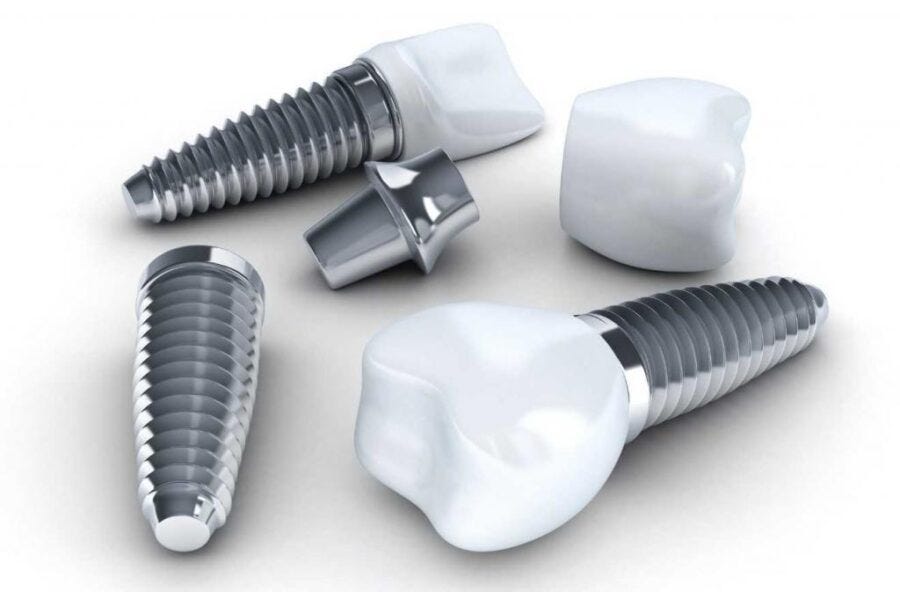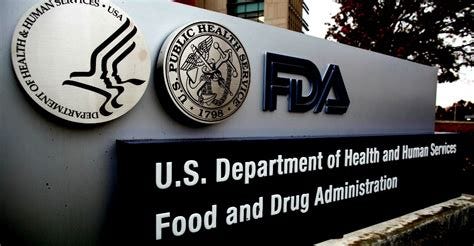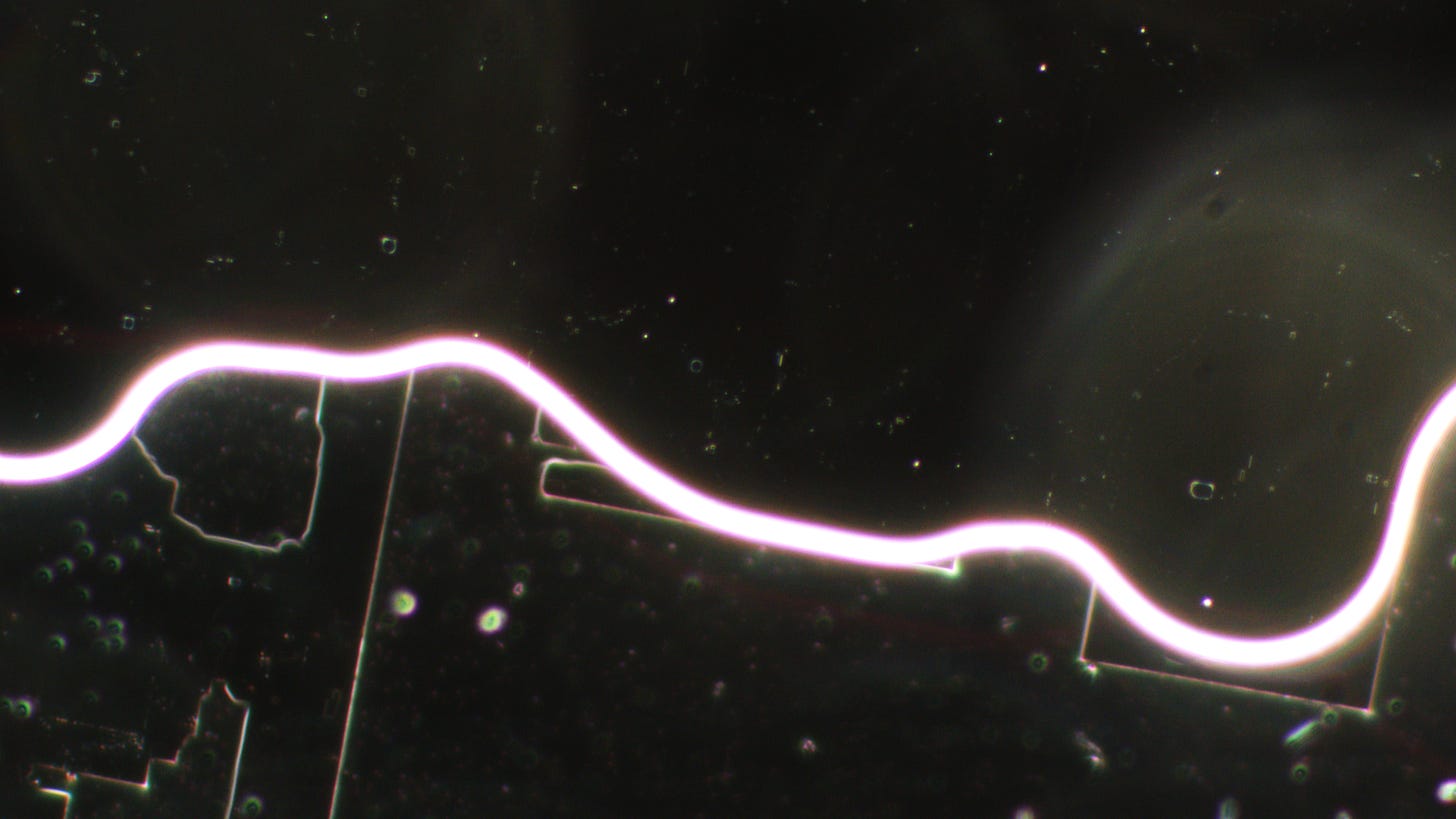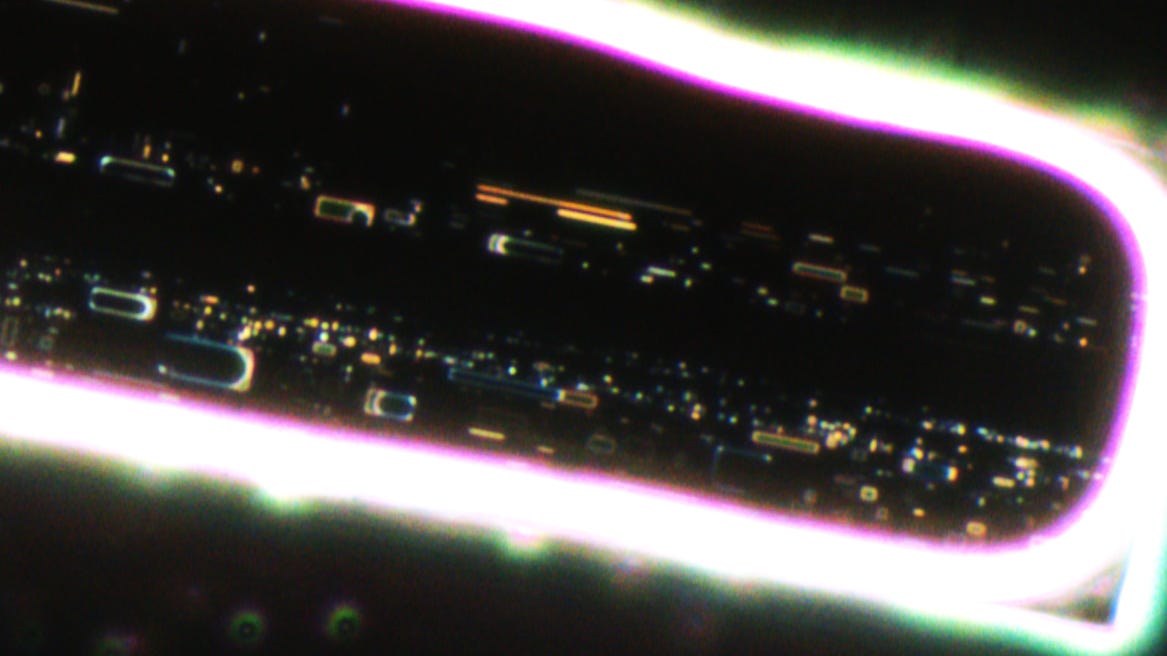Nanotech Dangers in Dentistry
The allure of the perfect smile has driven dentistry to the frontiers of science. The industry is on the cusp of a nanotechnology revolution, promising a future of flawless teeth. But as we delve deeper into this microscopic world, are we inviting unforeseen consequences into our bodies?
Nanotechnology is the manipulation of matter on an incredibly small scale, typically between 1 and 100 nanometers. To put that into perspective, a nanometer is one billionth of a meter. That’s about 80,000 times smaller than the diameter of a human hair. Here’s a scale:
A piece of paper is about 100,000 nm thick.
A human hair is about 70,000 to 80,000 nm.
A red blood cell is about 7,000 nm.
A virus is about 10 to 100 nm.
The new concepts of nanotech are so broad and pervasive, that they’ll influence every area of dentistry. From stronger fillings, to decay-resistant tooth enamel; from delivering drugs directly to gum disease pockets or creating scaffolds encouraging the growth of new tooth tissue, this technology could potentially revolutionize the treatment of tooth loss and decay.
But despite its potential, immense challenges remain.
The Dark Side of Small
The concern about these tiny particles is that they can be extremely toxic to the human body. They can slip through biological barriers with ease, including all organs throughout the body. They could also disrupt normal cell function and induce oxidative stress, leading to cellular damage, and contributing to all sorts of chronic diseases. We just don’t know what all the long-term health implications are.
Within the field of dentistry, the unique properties of nanoparticles could also introduce new challenges. If not carefully encapsulated or controlled, they could release toxic substances into the body as they migrate from dental material into surrounding tissues. This could lead to damage, trigger inflammatory responses, or even penetrate the blood-brain barrier, potentially causing neurological disorders.
FDA Regulated?
Of course, scientists are always hopeful that with continued research and development, they can strike a balance between innovation and safety. And the FDA, which oversees the regulation of this technology, pledges rigorous testing and review for potential risks. I would love to believe them but I’ve heard these promises before with Covid vaccines. My trust in the process is about nano-particle size.
Despite assurances, the FDA faces a monumental task in assessing and mitigating potential health risks, because the unique properties of nanomaterials make it exceptionally challenging to predict long-term health risks.
One of the primary reasons for this is its unpredictability at the nanoscale. These microscopic materials behave in ways we don’t fully understand, making them harder to control. Their tiny size makes them even more dangerous to the human body due to their increased surface area, which allows them to interact more readily with biological systems.
Imagine a sugar cube. It has six sides as its surface area. Now, imagine cutting that sugar cube in half. You now have two pieces, each with six sides. So, you've doubled the surface area without doubling the amount of sugar.
The smaller the piece of sugar, the more sides (or surface area) you have compared to the amount of sugar. That's why tiny particles, like nanoparticles, have a much bigger surface area compared to their size. It’s also why scientists are worried about nanoparticles.
Now let’s have a visual representation. Here’s a small sample of dental anesthetic on a slide. The images are in darkfield and at x400+ magnification. All images are from DavidNixon.substack.com.
Besides knowing these are nanoparticles in anesthetic, I have no idea what we’re looking at here. It doesn’t look normal, or natural and I wouldn’t want to have this going through my body.
So while scientists salivate about the immense promise of nanotechnology for societal advancement, as a consumer, I’m more concerned about the unique (possibly highly dangerous) properties of nanomaterials and the unpredictability of their interactions within the body.
We are knee-deep in a technological world where we lack full comprehension of long-term health effects, and this raises some critical questions for dentistry: Is nanotech ultimately worth the costs, or is the price too high? If the latter, we need to know now, not when it's too late and already unleashing a blistering volume of diseases upon us. The answer to this will determine if the future of nanotech oral care is a beneficial breakthrough or an extremely cautionary tale.
Your presence here is greatly valued. If you've found the content interesting and useful, please consider supporting it through a paid subscription. While all our resources are freely available, your subscription plays a vital role. It helps cover some operational costs and supports the continuation of this independent, unbiased research and journalism work. Please make full use of our free library.
If shy about commitments, feel free to leave a one-time tip!












